Combat aircraft. Not Messerschmitt, but similar
This plane can serve as an illustration of two things at once. The first is that the risk sometimes justifies the result, and the second is that there is nothing wrong with borrowing if you do it wisely.
Our hero is the fruit of the work of two "offices" related to aviation, but ... However, judge for yourself. The first is the Japanese Air Transport Corporation (JAT), which was founded by the Japanese government in 1928, uniting the Japanese Air Transport Institute and two other small companies under the flag of ... the Ministry of Communications!
The supposedly civilian carrier of the Ministry of Communications of Japan was nevertheless based on a completely self-contained military airbase in Tachikawa and began with completely free transportation for the army during the invasion of Manchuria in 1931.
But, in addition to transportation, JAT was engaged in studying the global aviation market in order to purchase patents, licenses and aircraft. That is, the ears of the intelligence, of course, stuck out, but not very much.
As a result of the activities of JAT and similar structures, Japan suddenly appeared in the circle of aircraft manufacturers. Of course, it was very difficult for the Japanese to compete with European and American manufacturers, but some models of combat aircraft turned out to be quite at the world level of the 30s of the last century.
Bombers Mitsubishi G3M, Nakajima B5M, Nakajima Ki-21, fighters Mitsubishi A5M and Nakajima Ki-27 were really up to par.
The second component was the Kawasaki company. This is a rather strange alliance, because Kawasaki was known as a manufacturer of railway equipment and marine engines. But since it is not prohibited by law to try yourself in other industries, given that the Japanese government was happy to invest in the development of aviation, the Kawasaki decided that they could try.
Since the Ki-10 in 1927 from "Kawasaki" turned out to be decent bombers, the company was admitted to the pie.
And this is what happened as a result of the creative union of intelligence, which trained data on European aircraft and railway workers who dreamed of aircraft.
And this is what happened. Anticipating or planning massive annexations in Southeast Asia and the Pacific Ocean, the Japanese military department decided that an aircraft with a longer range and survivability than a single-engine fighter would be very useful for both the army and the fleet.
Reconnaissance, having carefully examined everything that was happening in the aviation world of that time, issued three recommendations in terms of samples for study: the French Potez P.630, the German Messerschmitt Bf.110 and the Dutch Fokker G.1.
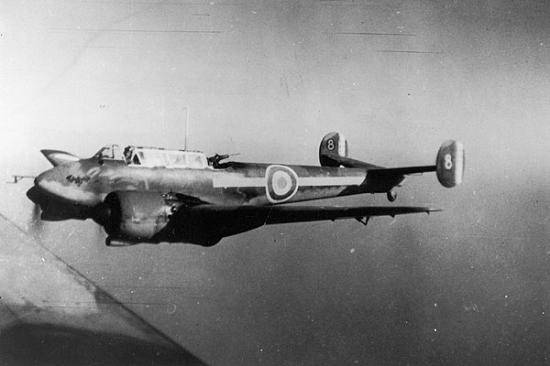
Potez P.630
On the basis of these models, requirements were developed for a promising Japanese, as they would say now, twin-engine fighter and a competition assignment for manufacturing firms.
In general, three companies were invited to participate in the competition, Mitsubishi, Nakajima and Kawasaki. The first two ultimately refused to participate, Mitsubishi had something to do, and Nakajima simply had no experience in building such aircraft.
Having exhaled, in "Kawasaki" at the end of 1937 they signed an agreement with the military department and rushed to work. The project was extensively redesigned and named Ki-45. Taking into account the work on the Ki-38 aircraft project and taking into account the data of foreign machines, we formulated the following technical task:
- maximum speed: 540 km / h at 3500 m;
- practical ceiling: 2000-5000 m;
- flight duration: 4 hours 30 minutes at a cruising speed of 350 km / h plus 30 minutes of combat at a speed close to maximum;
- engines: two 9-cylinder radial Nakajima Ha-20b;
- armament: two cannons for firing forward and one movable machine gun to protect the rear hemisphere.
In general, more from Potet than from Fokker and Messerschmitt.
The most difficult thing for the Kawasaki engineers was the complete lack of experience in creating high-speed twin-engine aircraft with retractable landing gear. However, less than a year later, the designers have already presented a detailed plan of the aircraft.
And in early 1939, the first Ki-45 fighter began to be tested. In general, as the case when if you really need, then everything is possible.
Initially, the fighter was equipped with the specified engines from Nakajima Ha-20b, which, in fact, were licensed Bristol Mercury, developing 820 hp. at 3 m and 900 hp on takeoff.
Not the best, far from the best option, since the motors were not ideal for aerodynamics and power. The screws were wooden, three-bladed, without variable pitch. In general, quite archaic.
The landing gear was retracted into the nacelles, but this was done by hand. Moreover, the gondolas were made so that the wheels protruded slightly outward. On the one hand, it was not very good in terms of aerodynamics, on the other hand, it provided some additional opportunity for the aircraft to survive during an emergency landing.
The highlight of the plane with a minus sign was the separation of the cockpit and the gunner-radio operator with the main fuel tank. Even if the tank was sealed, it was not the best design for a combat aircraft.
Armament consisted of a 20 mm No-3 cannon and two 7,7 mm machine guns. Machine guns were located in the upper part of the nose, and the cannon was in the lower right part of the fuselage. The radio operator was operating a movable 7,7 mm machine gun.
Tests have shown that the landing gear retraction mechanism has become a source of constant problems, the engines had to be changed to something more modern, and the rear machine gun is completely useless at high speeds.
By the end of 1939, the maximum test speed was 480 km / h at an altitude of 4000 m. The chassis received an electric drive for the harvesting mechanism, the machine gun was replaced with a 7,92-mm licensed copy of Rheinmetall.
And in April 1940, at the initiative of the army command, an experiment was carried out to install engines from the "Nakajima" Ha-25. The second attempt, installation of engines from "Mitsubishi" Na-102 with a capacity of 1050 hp, led to the expected results. The management saw the plane they wanted to have.
The flight data was the same as with the Nakajima engine, but the reliability of the Mitsubishi engines caused more optimism.
And the brainchild of "Kawasaki" was adopted as an army two-seat fighter Type 2 Model A "Toryu" ("Dragon Slayer"), short designation Ki-45 Kai-a.
In early August 1942, following the completion of the army's flight test program, the Toryu entered service with units based in New Guinea and mainland China.
At that time, the Japanese aviation secured complete air superiority, and the Toryu was used mainly as an attack aircraft. The aircraft showed itself to be very agile and maneuverable for a twin-engine aircraft, but as an adversary to single-engine fighters it was not at all suitable.
As a long-range fighter, the Toryu was about as good as the Bf.110. That is, the range was, but everything else (speed, maneuver) was not. It is clear that it is conditional, and depending on who to fight with.
However, the American P-38 Lightning suffered from the more maneuverable Toryu. They would suffer even more if the weapons were up to par. But the No-3 gun was not at all rapid-fire and “forgave” the Americans. And two machine guns of rifle caliber are not the most dangerous for heavy aircraft.
As soon as the Ki-45 KAI was hired, Kawasaki began working on the next model. It was supposed to be a more advanced aircraft with a pair of engines from Mitsubishi Na-112-II with a capacity of 1 hp. Perhaps it would have been an even more serious aircraft, but the command ordered otherwise and put the designers for the design of a single-seat aircraft based on the Ki-500. The project was named Ki-45, it was built, tested, but did not go into production (unfortunately for the Japanese).
The second interesting and practically separate modification of the Toryu was the Ki-45 Kai-b, an assault version of the aircraft.
The very first applications of the "Toryu" showed the frank weakness of the 20-mm cannon when firing at both air and ground targets. But the short-term use of the Ki-45 as an attack aircraft in New Guinea is only half the battle. Immediately in the battles with American and British heavy bombers, it turned out that the two 7,7-mm machine guns and a cannon with a terrifyingly low rate of fire for Wellington or B-17 had nothing. The weight of the salvo is too small to disable such an aircraft. Quadruple Vickers and large-caliber Browning shredded Japanese planes with ease.
Therefore, with absolutely graceful spontaneity, Japanese engineers experimentally equipped several Ki-45 37-mm aircraft tank gun Type 98. The cannon was placed in the nose, in a suspended gondola, and it was loaded by a radio operator from his cockpit. In general, the Kamasutra is still in the air, but nonetheless.
It is clear that the combat rate of fire was 1-2 rounds per minute, it was hardly possible to make more than one shot in one run, but the 37-mm projectile is a weighty argument in the dispute in the same B-17.
This masterpiece was named Ki-45 Kai-b and was sent to fight with everything from aircraft to small ships.
What could be said about the effectiveness of such an artillery system? During the First World War, this was normal. After 30 years - somehow not very much. Yes, a tank gun with a powerful shell - it looks good. Different sources name different ammunition, some - 37x133R, others - 37x165R. The first ammunition is just from the Type 98 tank gun, and the second is from the more powerful Type 96 anti-tank gun, on the basis of which the tank gun was created. I think that tank ammunition was still used.
Yes, a weaker ammunition was used in the tank gun, but it was also enough to solve tasks of destroying targets at a distance of up to 1500 m. The main thing is to hit, but here the problems began, because the pilot had to be just a sniper to hit the target with one projectile.
The whole problem is that at first the Japanese had such pilots.
As production grew, the aircraft became increasingly visible to allies in Southeast Asia and Dutch East India. The plane even received its own name from the allies in the identifiers - Nick.
At first, the Ki-45 Kai was taken for a licensed copy of the French Pote P.630 or the German Bf.110. However, over time, we figured out that this is a purely Japanese design. One Ki-45 Kai was filmed in the fall of 1943 at an airfield in New Guinea.
And in battles "Toryu" proved to be a very good tool. Patrol boats and submarines of the allies especially got from him. A very well maneuverable aircraft has established itself as a B-24 interceptor. At that time, only one Allied aircraft, the P-38, could accompany the B-24. But the Lightning was no match for the more agile, albeit inferiorly armed Ki-45.
Then the allies began to fly at night.
This became a problem at first.
Then Ki-45 tried on the role of a night fighter. The radar station was not installed on it due to their absence. The only difference between the Ki-45 Kai-s and a conventional fighter was its enhanced armament. The 7,7 mm machine guns were replaced by the 103 mm No-12,7. A pair of such machine guns could be installed at an "forward-up" angle, as the Germans did.
The manually-loaded cannon was replaced by the 203 mm No-37 automatic cannon with 16 rounds of ammunition. The 12,7 mm machine guns were removed, and the No-203 was installed instead. The 20mm cannon at the bottom of the fuselage was retained, which gave a very good salvo. Over time, the number of shells increased, first to 18, and then to 25.
On the Ki-45 Kai-d interceptor version, the 20mm No-3 cannon was removed from under the fuselage, but a pair of 20mm No-5 inclined cannons appeared behind the cockpit for forward-upward firing. A defensive machine gun on a night fighter was considered unnecessary, so it was usually dismantled.
It was on such an aircraft that the most famous Japanese specialist in "flying fortresses", Isam Kasside, flew, on whose account there were 26 downed bombers, of which seven were B-29.
The latest version, the Ki-45 Kai-e, was a real night fighter equipped with radar (when the Dempa hyoteki airborne radar, working name Taki-2, appeared). The radar was mounted on the "Toryu" in the bow and in front was covered with a transparent fairing. The radar equipment weighed almost a ton, which made it necessary to dismantle almost all the weapons. The aircraft was supposed to be used as a gunner for normally armed fighters.
Real work for the Ki-45 began in 1944, when B-29s began bombing directly into Japanese territory. June 15, 1944 was the first use of "Toryu" against the B-29 at night. The Americans lost 6 bombers that night. The Japanese, however, reported 11 shot down, but that's normal.
From all corners of the empire began to collect "Toryu" to protect the Japanese islands. In general, it so happened that, apart from the Ki-45 and the naval interceptor, there was no one to meet the Americans at night, J1N "Gekko". And they met, and quite effectively.
The 4th Sentai, in which the chief night ace Isamu Kassida served, had 158 downed bombers by the end of the war. Even if you split it in half, as the Japanese reports deserved, you still get a very impressive figure of 79 “fortresses”. More than worthy for a night unit the size of our air regiment.
In general, the Toryu contributed as much as possible to repelling American attacks on the islands. And the plane was a very important link in the defense of Japan.
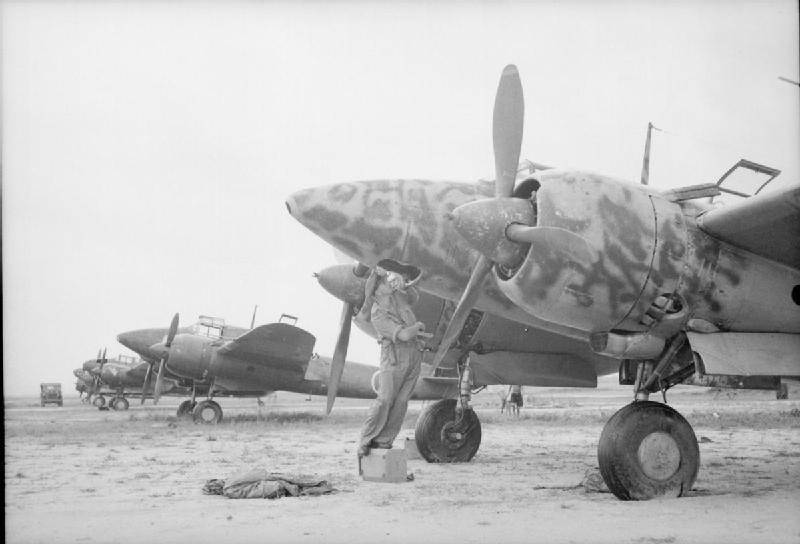
Naturally, like all normal Japanese aircraft, the Toryu was used by the kamikaze. Everything was simple here: two bombs of 250 kg each were suspended - and forward, on the last flight.
It is known for certain that the old destroyer "Dickerson", which at that time was used as a transport, near Okinawa in April 1945 sunk exactly two "Toryu".
One "Toryu" crashed into the bridge of the destroyer, destroying it with all the officers who were there. Almost simultaneously, the second Ki-45 crashed almost vertically into the ship's deck. The explosion almost broke the destroyer in half. 54 crew members of the ship, including the commander, died on the spot. The ship sank.
However, it should be noted that these were isolated cases of such use of the Ki-45. This aircraft was too valuable for the defense of Japan's skies. This is evidenced by the fact that the production of "Toryu" stopped only when Japan surrendered.
The total number of produced cars of this type of all variants was 1701 copies.
A number of Ki-45s of various modifications were exported to the United States and flew there by test pilots of the USAAF Air Technical Command.
The assessment was very peculiar.
The Toryu was recognized as a disgusting aircraft in almost everything related to ground affairs: poor brakes, free-turning rear wheel, very poor view during takeoff due to the high position of the nose.
But one had only to take the plane off the ground - and everything became just fine.
The plane took off at a speed of 137-145 km / h, the takeoff run was very small. At speeds over 480 km / h, the effort on the control stick became somewhat uncomfortable, but at the initial stage the climb was very easy and quick. The Americans were amazed at the aircraft's maneuverability.
The plane was easy to control, was obedient, disruptions were completely controlled.
American pilots did not like the tightness of the cockpit and poor visibility down and back.
The efforts of the Kawasaki designers to protect themselves did not go unnoticed. The tanks were protected, which is already an achievement for a Japanese aircraft. The pilot was protected by an armored backrest and an armored headrest 17 mm thick. The shop of the 37-mm gun No-203 was closed in front and behind with armor plates 13 mm thick. The radio operator was defended by faith in Mikado.
In general, it turned out to be a very unexpected plane. "Kawasaki" built a long-range escort fighter, and it turned out to be quite a decent night air defense fighter, which could well be used as an attack aircraft.
And, importantly, he fought until the end of the war, which turned out to be much steeper than the Pote P.630 and Messerschmitt Bf.110.
LTH: Ki-45 Kai-s:
Wingspan, m: 15,02.
Length, m: 11,00.
Height, m: 3,70.
Wing area m: 32,00.
Weight, kg:
- empty aircraft: 4 000;
- normal takeoff: 5 500.
Engine: 2 х "Mitsubishi" Hа-102 х 1080 hp
Maximum speed, km / h: 540.
Practical range, km: 2.
Maximum rate of climb, m / min: 715.
Practical ceiling, m: 10 000.
Crew, person: 2.
Armament:
- one 37 mm No-203 cannon (w / c 16 rounds) in the nose;
- one 20 mm gun No-3 (100 rounds in two 50-charge drums) in the ventral mount;
- one 7,92 mm Type 98 machine gun in the rear cockpit.
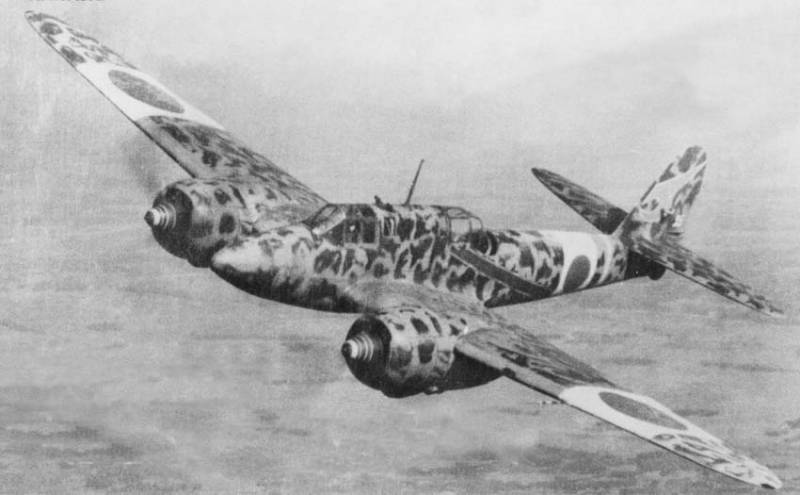
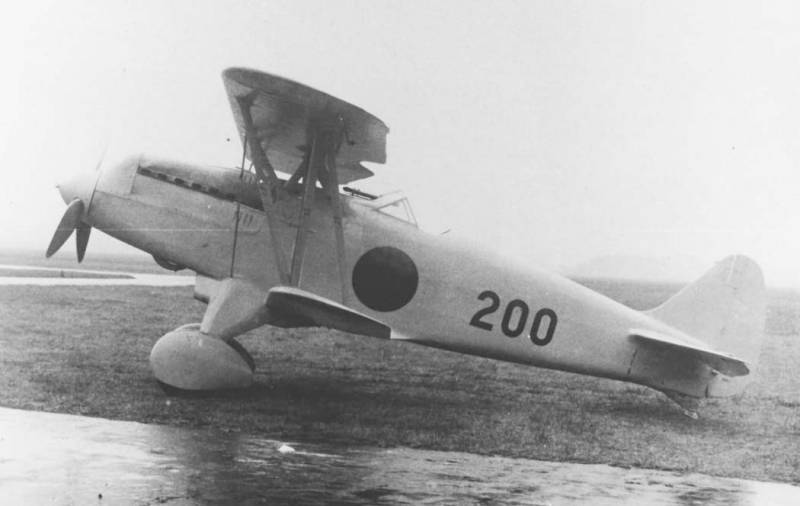
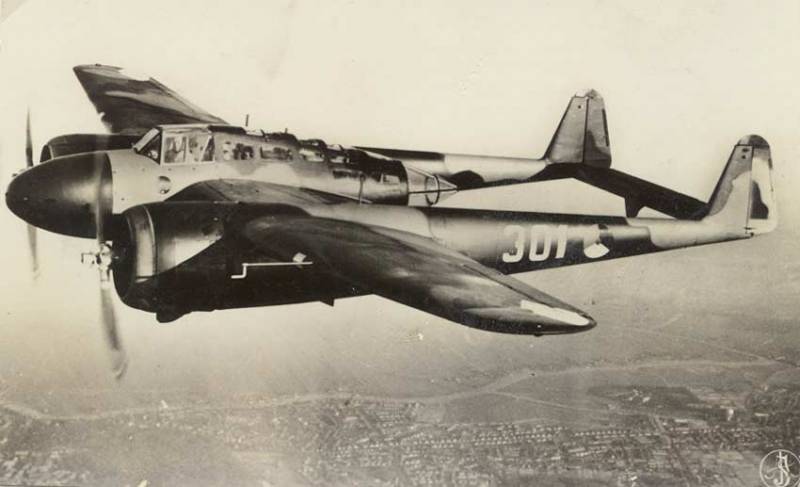
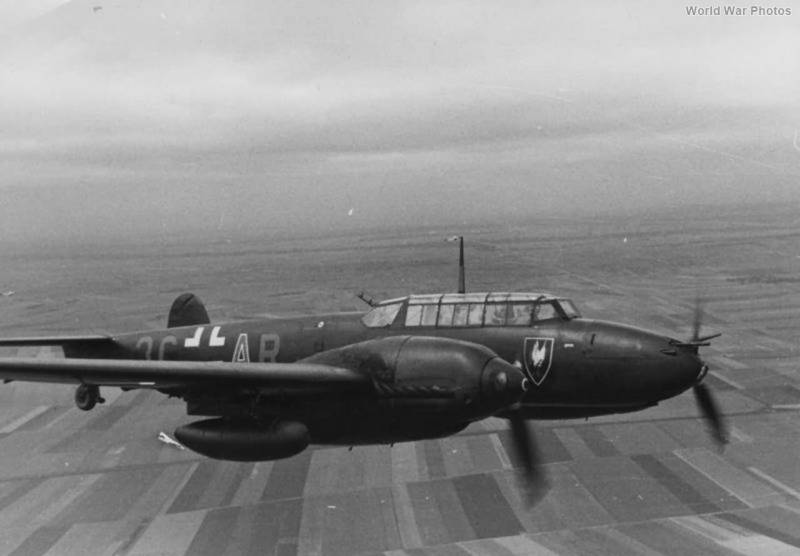
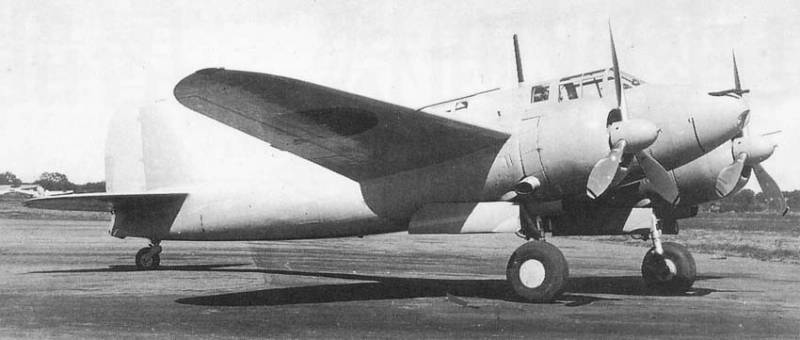
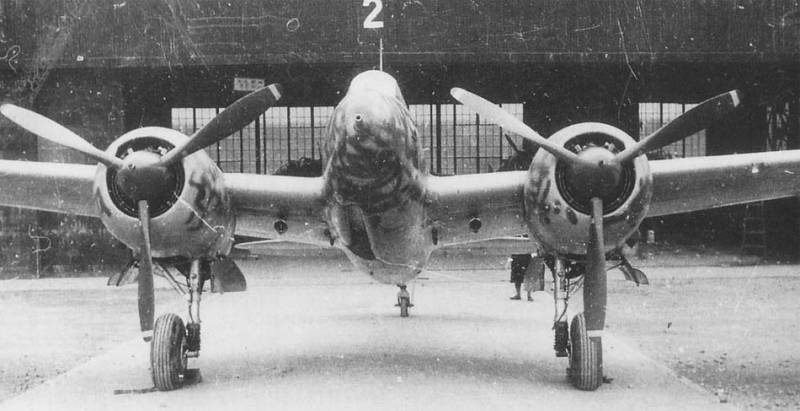

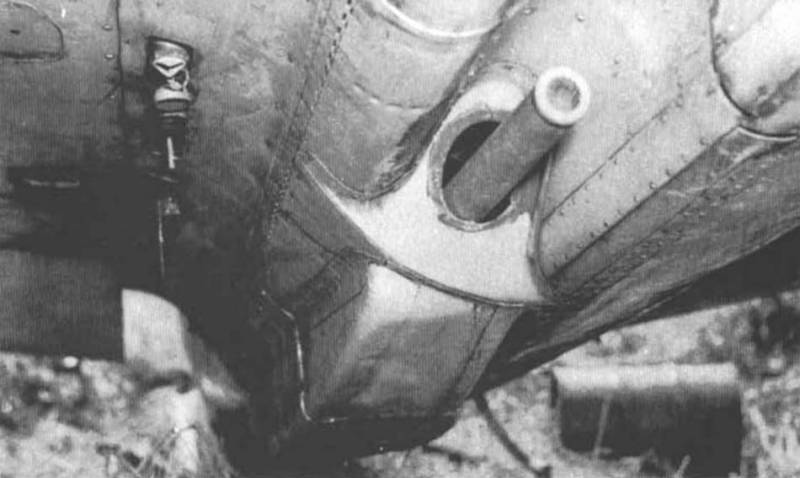
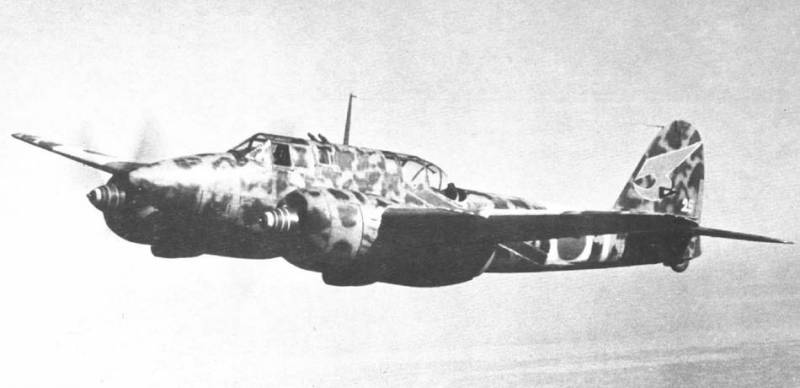
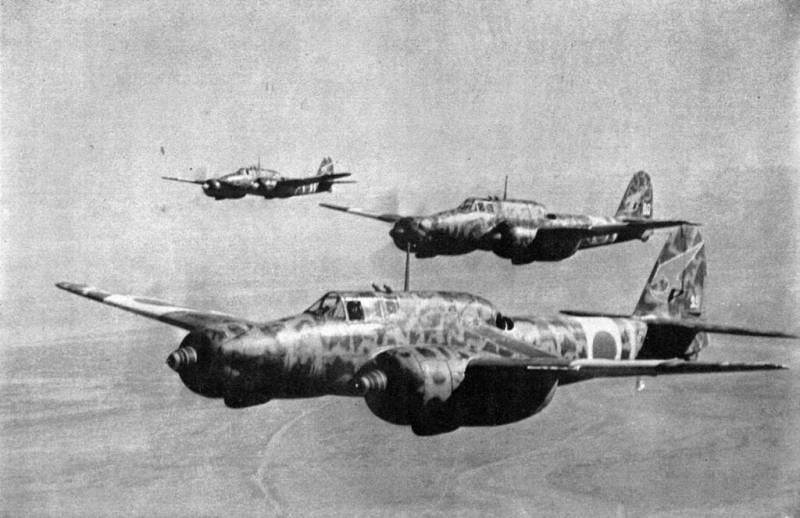
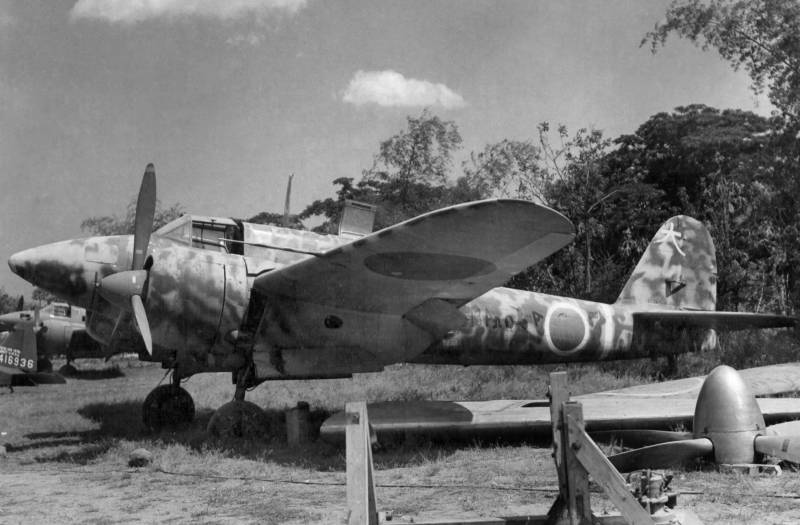
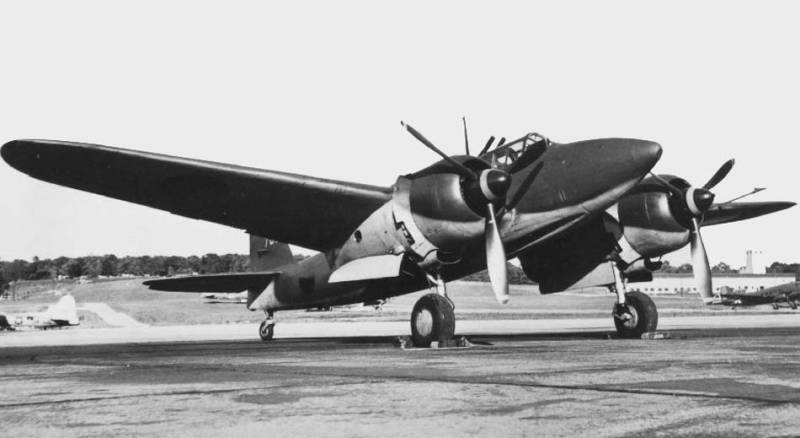
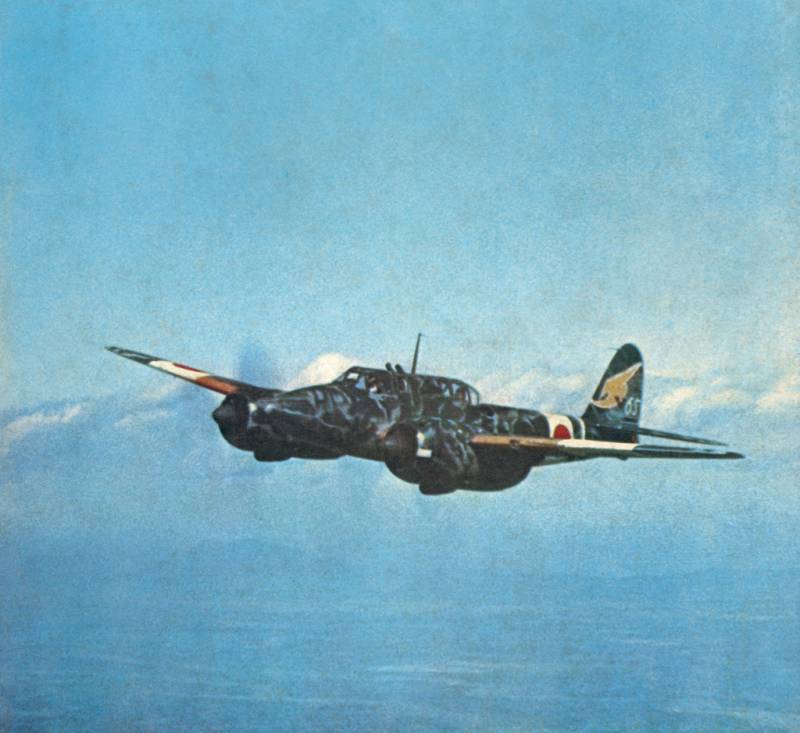
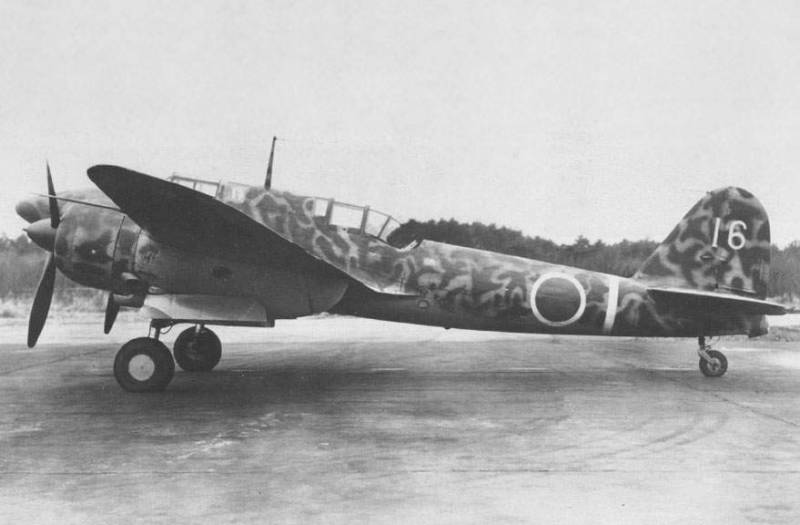
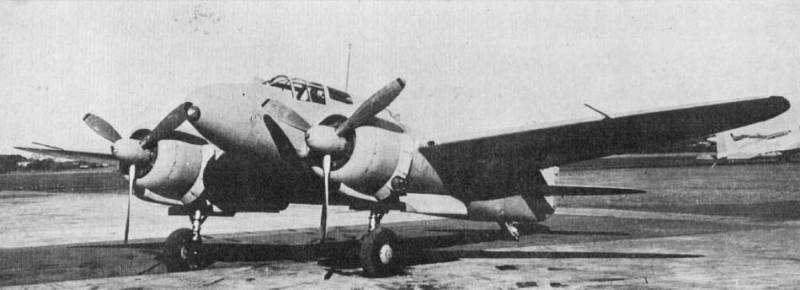
Information